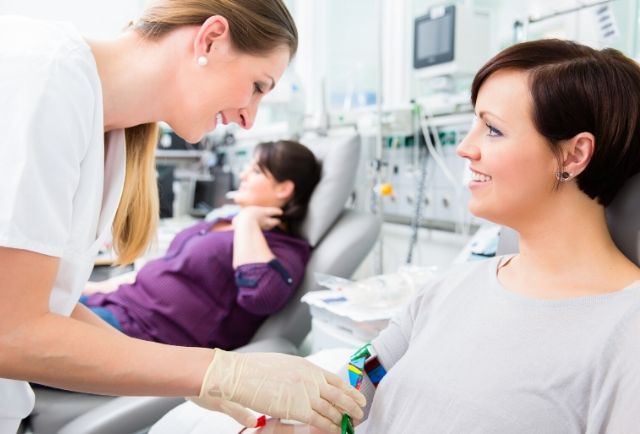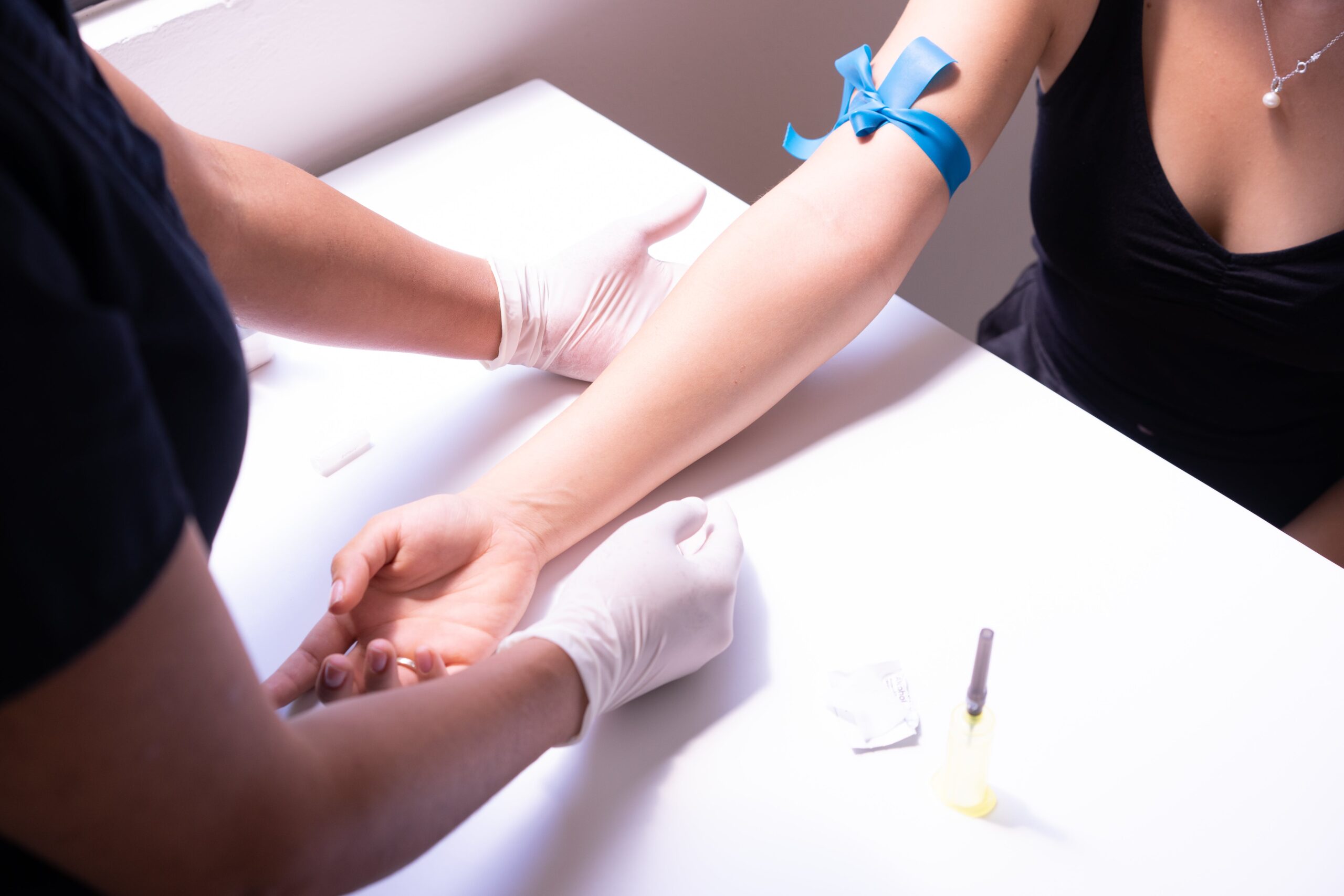Getting The Northeast Medical Institute - New Haven Campus Phlebotomy Course & Cna Class To Work
Getting The Northeast Medical Institute - New Haven Campus Phlebotomy Course & Cna Class To Work
Blog Article
A Biased View of Northeast Medical Institute - New Haven Campus Phlebotomy Course & Cna Class
Table of Contents6 Easy Facts About Northeast Medical Institute - New Haven Campus Phlebotomy Course & Cna Class ExplainedThe Only Guide for Northeast Medical Institute - New Haven Campus Phlebotomy Course & Cna ClassNortheast Medical Institute - New Haven Campus Phlebotomy Course & Cna Class Fundamentals Explained4 Simple Techniques For Northeast Medical Institute - New Haven Campus Phlebotomy Course & Cna ClassGetting The Northeast Medical Institute - New Haven Campus Phlebotomy Course & Cna Class To Work5 Simple Techniques For Northeast Medical Institute - New Haven Campus Phlebotomy Course & Cna Class
However, making use of such gadgets ought to be come with by other infection avoidance and control methods, and training in their usage. Not all security gadgets are suitable to phlebotomy. Before selecting a safety-engineered tool, users should extensively examine readily available tools to determine their appropriate usage, compatibility with existing phlebotomy techniques, and efficiency in securing personnel and individuals (12, 33).For setups with reduced sources, price is a motoring factor in procurement of safety-engineered gadgets. Where safety-engineered devices are not available, skilled use of a needle and syringe is appropriate.
labelling); transport problems; interpretation of results for scientific administration. In an outpatient division or center, supply a specialized phlebotomy work area containing: a tidy surface with two chairs (one for the phlebotomist and the various other for the client); a hand laundry container with soap, running water and paper towels; alcohol hand rub. In the blood-sampling room for an outpatient department or facility, give a comfortable reclining sofa with an arm remainder.
An Unbiased View of Northeast Medical Institute - New Haven Campus Phlebotomy Course & Cna Class
Guarantee that the indicators for blood sampling are plainly specified, either in a written protocol or in documented directions (e.g. in a lab type). At all times, comply with the strategies for infection prevention and control listed in Table 2.2. Infection prevention and control methods. Collect all the devices required for the treatment and area it within secure and very easy reach on a tray or cart, ensuring that all the items are clearly visible.
Where the patient is grown-up and mindful, adhere to the actions detailed listed below. Introduce on your own to the client, and ask the patient to mention their complete name. Check that the lab form matches the individual's identification (i.e. match the client's details with the laboratory form, to make sure exact identification). Ask whether the license has allergic reactions, fears or has actually ever collapsed throughout previous shots or blood draws.
Make the person comfortable in a supine setting (preferably). Area a clean paper or towel under the individual's arm. Review the examination to be carried out (see Annex F) and acquire spoken consent. The person has a right to decline a test at any moment prior to the blood sampling, so it is necessary to make certain that the person has comprehended the treatment.
Get This Report about Northeast Medical Institute - New Haven Campus Phlebotomy Course & Cna Class
Extend the individual's arm and examine the antecubital fossa or lower arm. Situate a blood vessel of an excellent size that is noticeable, straight and clear. The representation in Area 2.3, reveals common positions of the vessels, however many variants are feasible. The mean cubital blood vessel lies between muscular tissues and is normally the most very easy to penetrate.
DO NOT put the needle where veins are drawing away, since this increases the chance of a haematoma. The blood vessel should show up without applying the tourniquet. Locating the vein will help in determining the proper size of needle. Use the tourniquet regarding 45 finger sizes above the venepuncture website and re-examine the capillary.
Haemolysis, contamination and visibility of intravenous fluid and medication can all change the outcomes (39. Nursing team and doctors might access central venous lines for specimens complying with protocols. Samplings from main lines carry a risk of contamination or incorrect lab test outcomes. It serves, yet not excellent, to attract blood specimens when first presenting an in-dwelling venous tool, before connecting the cannula to the intravenous liquids.
The 15-Second Trick For Northeast Medical Institute - New Haven Campus Phlebotomy Course & Cna Class
Permit the location to completely dry. Failing to allow sufficient call time raises the danger of contamination. DO NOT touch the cleansed site; in particular, DO NOT put a finger over the vein to guide the shaft of the subjected needle. It the website is touched, repeat the sanitation. Carry out venepuncture as adheres to.
Ask the individual to develop a fist so the blood vessels are more famous. Get in the blood vessel quickly at a 30 level angle or less, and remain to present the needle along the capillary at the most convenient angle of entrance - CNA Courses. When sufficient blood has been accumulated, launch the tourniquet BEFORE withdrawing the needle
Getting The Northeast Medical Institute - New Haven Campus Phlebotomy Course & Cna Class To Work
Withdraw the needle delicately and use gentle stress to the site with a tidy gauze or completely dry cotton-wool sphere. Ask the patient to hold the gauze or cotton woollen in position, with the arm expanded and raised. Ask the patient NOT to flex the arm, because doing so causes a haematoma.

Some Of Northeast Medical Institute - New Haven Campus Phlebotomy Course & Cna Class
Where feasible, maintain the tubes in a shelf and move the rack in the direction of you - https://medium.com/@gordonmarvin28/about. If the example tube does not have a rubber stopper, inject incredibly gradually into the tube as decreasing the stress and rate used to transfer the specimen decreases the risk of haemolysis.

Report this page